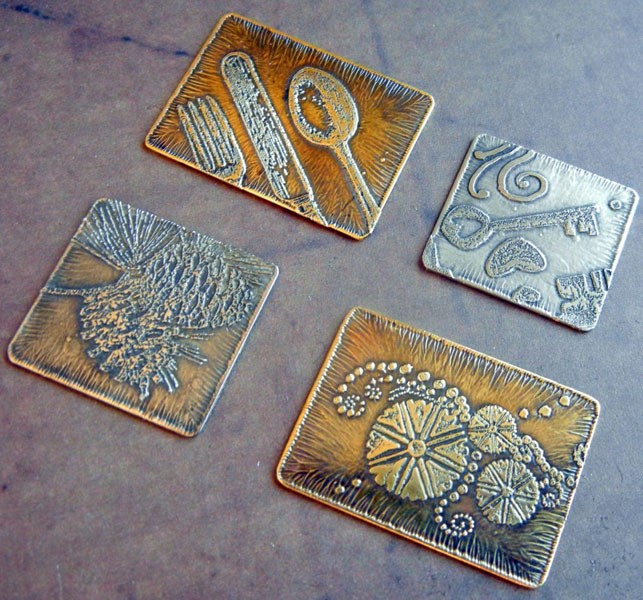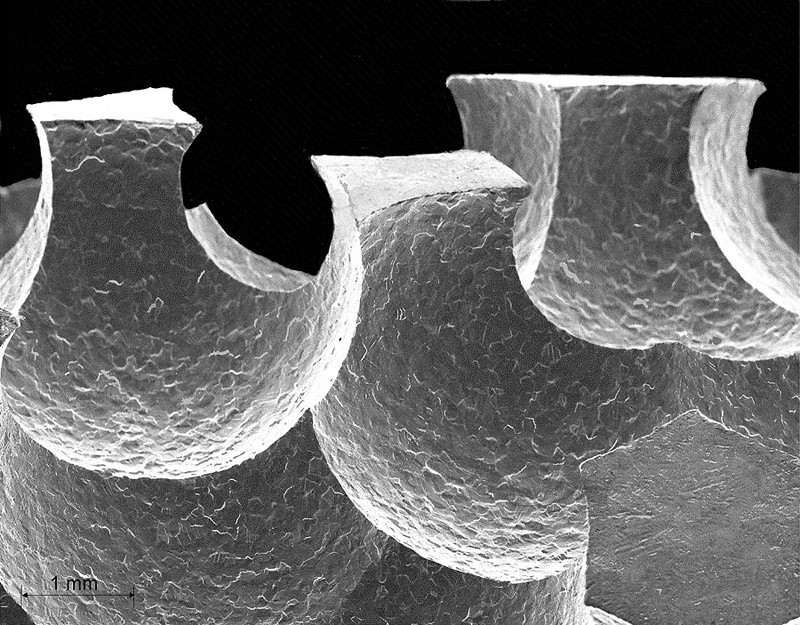
Etching is a process to make the prints from the pieces of the metals. These metals have the specific designs on their surface with the help of the acid or chemical. First of all, there is a coat of the acid on the surface of the acid. This acid or chemical makes a resistant layer and etches the specific design on the surface of the metal.
The process of making the prints on the metals came from the traditional printing. The printmakers found an easy way to make the designs on the surface of the metals with the help of the acids or chemicals. The first etched metal was on the horizon in 1513 that was the effort of the Swiss manufacturers.
The etching process is helpful in the purpose of revealing the details of the metal with the help of an acid. The acid or chemical are the source to engrave the design on the surface of the metals. This process is also useful for the purpose of removing the extra or deformed layer from the metal. The deformed layer usually produces during the process of grinding and polishing.
The use of the etching process in the alloys is to produce a difference between the regions of the alloy. The successful implementation of the etching process depends upon the different factors. These factors may be the nature of metal, the type of the chemical or the acid and the phase of the etchant materials.
The process of etching a particular metal is a process that seeks the expertise and skills. It is actually more than making the intense designs on the surface of the metals. The traditional technique of the etching process involves the use of the metal plate for the purpose of receiving the design. The etchant material helps to engrave the specific design on this metal.
In this process, the manufacturer uses the needle and different wax or chemicals for the engraving purpose. When the manufacturer dips the metal in the bath of the specific acid, the engravings of the design become visible. Then the process moves towards the ink with the help of the special tools. These tools are the pen tools having the special pins.

The wet etching is the particular type of the etching process in which the dissolution of the material occurs in the vapor phase etchant chemical. This type of etching has the tremendous use in the etching of glass. In the most cases, hydrofluoric acid acts as the etching chemical solution in the process.
The process of wet etching is isotropic in the nature. Moreover, the result or the product of this type of etching is the round sided designs or the geometrical shapes. That is why the most of the geometrical designs or motifs on the surface of glass come from this type of the etching process. The depth and quality of the design comes from the nature and time of the etching process.
The terms laser engraving and laser etching have the tremendous use interchangeably. However, these terms have the different meanings and applications. Moreover, they have the different mechanisms for the accomplishment of the purpose.
The laser engraving is a process that is helpful for the removal of the material from the surface of metal. The removal of this material from the surface creates the design that the process requires. The heat produced from the laser is helpful in the vaporization and removal of the material.
This process of engraving is fast and quick. The engraving process with the help of the laser produces the cavity in the metal surface. The cavity on the surface of the metal is visible to the eye easily. However, repeating the process several times is helpful in the perfect design formation.
Laser etching is actually a subdivision of the laser engraving process. In this process, the heat produced from the beam of laser does melt the surface of metal instead of vaporizing it. However, it uses the greater amount of heat to melt the metal. In this process, the material to melt expands and can make the marks on the surface.
The process of etching has the certain steps. It has the process to follow according the requirement of the project and objective. Following are the important steps in this process.
In the first step, the cleaning of the metal is the fundamental objective of the etching material. The process of cleaning the metal includes the removal of any type of the scratch or dirt from the surface. We can also apply the small amount of the tooth on the surface of the material. Moreover, this step is helpful in the implantation of ink on the surface.
The writing and drawing on the surface of the material is the fundamental step in the process of etching. For the objective to draw on the surface, the manufacturers use the special pen tools. These pen tools have the pins of different sizes and shapes for this purpose. However, the manufacturers love to use the pens with the fine and wide type of the pins.
The pen tools are helpful in the process of producing the resisting layer on the surface of the material. This resist layer has the main role in the process of engraving the special or characteristic design on the surface. That is why this step is very essential and important in the etching process.
As far as the need of the resist is there on the surface of metal, the brown pack tape can perform this function very well. That is why the brown pack tape has the tremendous use in the production of the resisting layer during the etching process. The advantageous feature of this tape is that it can survive for the longer time as compared to the ink.
The use of the brown pack tape is also useful for the creation of the geometric shapes on the surface of the materials. This tape is particularly beneficial in the engraving of designs on the surface of glass. When the tape is present on the surface of material, the manufacturers cut the tape with the help of the special tool according to the design.
The protection of the etched piece of the metal or another material is also included in the process of etching. For this purpose, there is a tremendous use of the tan tape. The manufacturers use the tan tap mostly on the surface of the material at the back and edges. In this way, the edges of the material get the protection from damage or any other issue.
